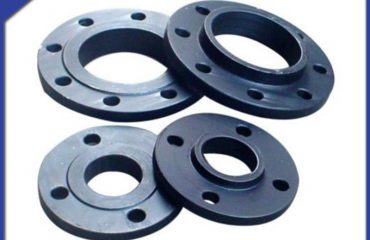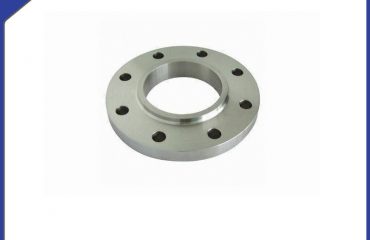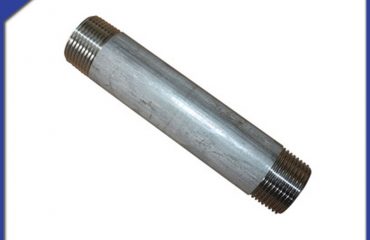
Stainless steel flanges are a popular choice for various industries due to their excellent corrosion resistance, durability, and versatility. However, when it comes to extreme temperature environments, there are certain factors that need to be considered before determining their suitability.
Stainless steel is a heat-resistant material and is capable of withstanding high temperatures. This makes stainless steel flanges suitable for a wide range of temperature environments, including extreme heat. The material is able to maintain its strength and integrity at high temperatures, making it ideal for applications in industries such as oil and gas, chemical processing, and power generation where extreme temperatures are common.
One of the key factors that contribute to the suitability of stainless steel flanges in extreme temperature environments is the specific grade of stainless steel used. There are different grades of stainless steel available, each with varying levels of heat resistance. Grade 304 and 316 stainless steel are two of the most commonly used grades for flanges, with grade 316 offering higher resistance to heat compared to grade 304. Other specialized grades such as 310, 321, and 347 are also available for applications requiring even higher heat resistance.
In addition to the grade of stainless steel, the design and construction of the flange also play a crucial role in determining its suitability for extreme temperature environments. Factors such as the thickness of the material, the type of welding used, and the method of fabrication all contribute to the flange’s ability to withstand high temperatures. Proper heat treatment and post-welding processes can further enhance the heat resistance of stainless steel flanges, making them more suitable for extreme temperature environments.
While stainless steel flanges are generally resistant to high temperatures, it is important to consider the specific operating conditions of the environment in which they will be used. Factors such as the duration of exposure to high temperatures, the presence of corrosive chemicals or gases, and the rate of temperature changes can all affect the performance of stainless steel flanges. In some cases, additional measures such as insulation, heat shields, or cooling systems may be necessary to ensure the longevity and effectiveness of the flanges in extreme temperature environments.
 Language
Language Espanol
Espanol English
English Italian
Italian عربى
عربى
 Skype: chinamaker99
Skype: chinamaker99  Tel: 86-316-5120812
Tel: 86-316-5120812  Email:
Email:  Whatsapp:
Whatsapp: 

